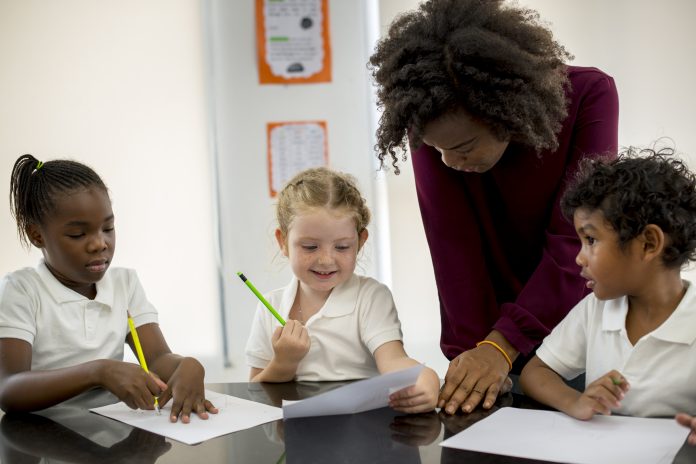Educators can use a COVID-19 framework to make school opening decisions – based on a Shanghai mathematical model using contact data from China
University of Vermont researchers looked into how educators were making the decision to open and close schools in the US. With the recent mass closure of the largest public school system in the country, parents, teachers and policy-makers are considering how to best assess which schools are safe to open.
The lockdown means that students with less access to technology are being left behind, or missing out on the appropriate level of education that they should be accessing. Researchers have raised concerns about social development, in addition to those worries about systematic inequalities being exaggerated by remote learning.
Contact data from Shanghai, China, was utilised by researchers to understand how school openings and closings could impact the spread of COVID-19 in the US.
‘Rarely transmit the infection to adults’
School closures during the COVID-19 pandemic have been based predominantly on models of pandemic influenza transmission. However, say the study’s authors, recent evidence suggests that “children under the age of 10, are less susceptible to SARS-CoV-2 infection and rarely transmit the infection to adults or schoolmates.”
According to first author Benjamin Lee, MD, associate professor of pediatrics and a pediatric infectious diseases specialist, the model helped identify conditions that would support keeping schools open. Ideally, he said, the average number of daily social contacts in the community needs to be reduced to about 40% of pre-pandemic baseline, and total contacts for children aged 10 to 19 needs to be reduced to 33% of pre-pandemic baseline. If this can be achieved, having open schools would be feasible even starting from a point of significant community transmission.
“In other words, necessary restrictions in the community with careful mitigation for older kids is the trade-off that will enable schools to remain open,” said Lee.
“Schools should be the last to close and first to re-open.”
Pre versus post-pandemic lockdowns
The team combined contact patterns observed between different age groups during pre- and post-pandemic “lockdown” periods to simulate various levels of school reopening and also tested these effects across a range of estimates of lower susceptibility rates to infection in younger children.
“It’s not just about the scale of restrictions, but also about how targeted these restrictions are, because the structure of contacts matters,” said senior author Laurent Hébert-Dufresne, PhD, assistant professor of computer science.
The study demonstrates how considering a combination of different measures is beneficial in creating a path to having schools be open to the extent possible, within a broader set of restrictions.











